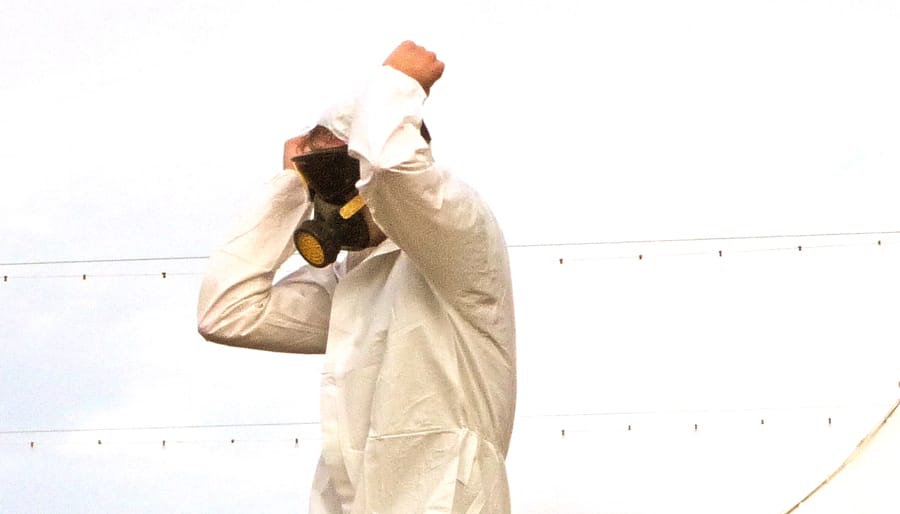One thing you can count on about work is that it’s stressful. Tight deadlines, limited resources, diverse personalities, and complex problems naturally add up to a demanding, often disturbingly uncertain situation, which we call “work.”
Now, despite the inherently stressful nature of work, we often find ourselves looking for a stress-free workplace—looking for “stress reduction” techniques or “stress management” training. On one hand, our search to eliminate stress at work is understandable, since in our modern parlance “stress” is commonly used to describe just about any disturbing aspect of life. But if we want to get to the heart of what is really bothering us about workplace stress, we will need to differentiate between what is stressful at work and what is toxic.
Stress, at its very core, is about being alive. Whether we’re getting a job, falling in love, or just being a body in space, all of us face stressors— some annoying, some exhilarating, some devastating. At work, stress is woven into every demand, every deadline, and every goal.
Toxicity, on the other hand, is what causes disease, death, and confusion. When toxicity is woven into the fabric of our work life, we feel threatened, mistreated, and ill. So, in order to build and sustain healthy organizations and revitalize our natural sense of well-being at work, we need to stop looking for a stress-free workplace and instead clean up the toxicity.
Cleaning up workplace toxicity is about healing rather than harming, being wise rather than correct, enriching rather than weakening. It’s about cultivating healthy workplace emotions like fulfillment, creativity, humor, and passion, and skillfully eliminating dangerous emotions like insensitivity, betrayal, bullying, and fear. Cleaning up toxicity at work is a tough but vital role requiring awareness, gentleness, and ingenuity. To describe a person who takes on this role, Peter Frost coined the term “toxic handler” in his book Toxic Emotions at Work. “The work of toxic handlers is about responding compassionately to pain in their organizations in order to minimize or prevent it, to identify it, contain it, remove it, or find ways for people to live with it constructively,” says Frost. “Their compassion takes the form of noticing and feeling the pain of someone else and then acting in a way that is intended to help the other person heal.”
Being a skillful toxic handler at work need not be a full-time job. In fact, it can be as simple as exploring toxic circumstances with a bit of compassionate reflection. Here’s a simple three-step contemplation you may want to use to more skillfully handle workplace toxicity without being poisoned by it.
Step 1 : Stack Your Emotions
When we confront a work-related conflict or problem that has gone toxic, the first thing we need to do is distinguish between our emotions and the business issue, and we can do that by stacking. Imagine you’re working with Raoul and he’s shouting at you. To stack your emotions, you might say to yourself, “Raoul is really angry and distrustful right now and I’m feeling very defensive, but let me set my feelings of defensiveness aside for a moment. My feelings will unget my attention later, but for right now let me just ‘stack them’ off to the side.”
Step 2 : Identify the Actual Business Issue
Once we have temporarily sidelined our emotions, we can reflect on what precisely is going on. In our situation with Raoul, we might realize that he’s angry because he was blindsided by budget cuts. So the immediate issue at hand is not Raoul’s anger, though such anger sure appears to be urgent. The business issue is actually the budget. Despite all the confusing feelings, this is the issue at hand. By recognizing and sidelining the confusing feelings, we create psychological space for us to attend to the business that needs our focus.
Step 3: Listen to the Pain from a Position of Health
By separating the toxic emotions—ours and others—from the actual business issue, we become available to listen carefully to Raoul and get the full flavor of what he is feeling and saying. From this compassionate perspective, we can see the business issue clearly and at some point we can offer Raoul our well-being, which could be as simple as a smile or a nod or as powerful as an apology.
In the end, stress is not what makes work grim, dismal, or oppressive; rather it’s the healthy or toxic emotions we choose to bring to the task that makes all the difference. It’s really up to us.

